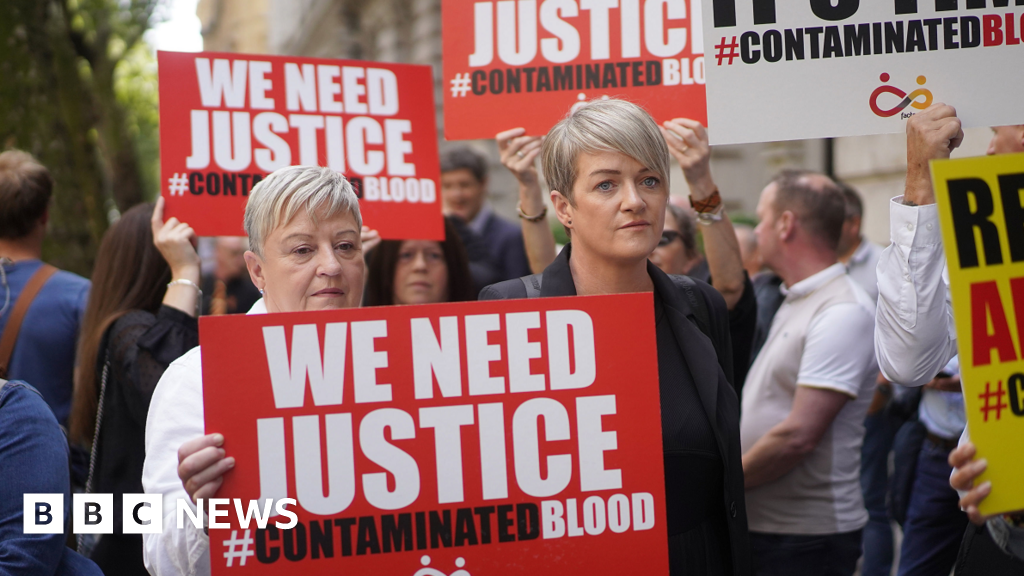Introduction to the Infected Blood Scandal
The compensation for victims of the infected blood scandal must be delivered faster, activists have reported on the first anniversary of a public investigation report known as the worst treatment disaster in NHS history. Activists are urging the government to take swift action to provide compensation to the victims, stating that "we die at speed, the government has to work at speed and not just talk about it."
Background of the Scandal
More than 30,000 people in Great Britain were infected with HIV or hepatitis C, or both, after receiving contaminated blood products in the 1970s and 1980s. Around 3,000 people died as a result of the scandal. The final report published a year ago found that the scandal was largely avoidable and included systemic errors.
Delay in Compensation
Activists had expected quick compensation, but so far, only 100 people have received payouts. The contaminated blood community remains concerned that politicians continue to fail them. A letter was handed over to the prime minister, expressing concerns about the lack of progress in providing compensation to the victims.
Response from Ministers
Diana Johnson, a minister who has supported the victims of the scandal, said that it was "disappointing" how slowly the process was. She acknowledged the concerns of activists and sympathized with their argument, stating that "it is disappointing to hear how slow the process is and I guess the concerns that so many people who have gathered today to transfer these payments to people." Nick Thomas-Symonds, Minister of Cabinet Office, said that the government was "obliged to deliver compensation as soon as possible."
Calls for Action
Activists are calling for immediate action to provide compensation to the victims. Jacqueline Wrixton, who was infected with hepatitis C as a result of a blood transfusion, said: "We die at speed, the government has to work at speed, not just talking about it. We have to see the actions." The government has been urged to take swift action to address the concerns of the contaminated blood community and provide compensation to the victims.

